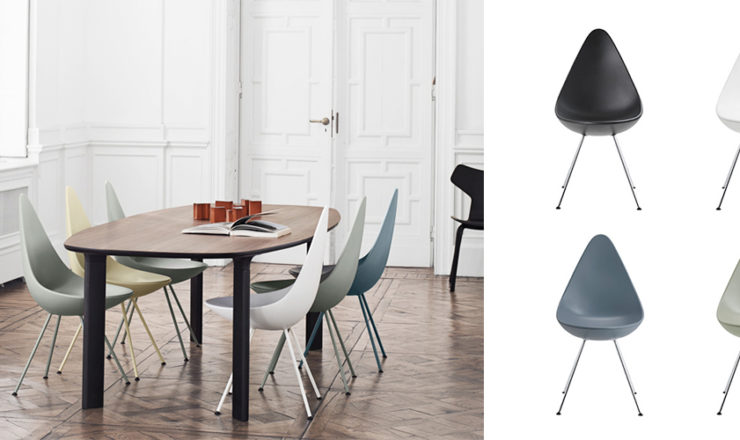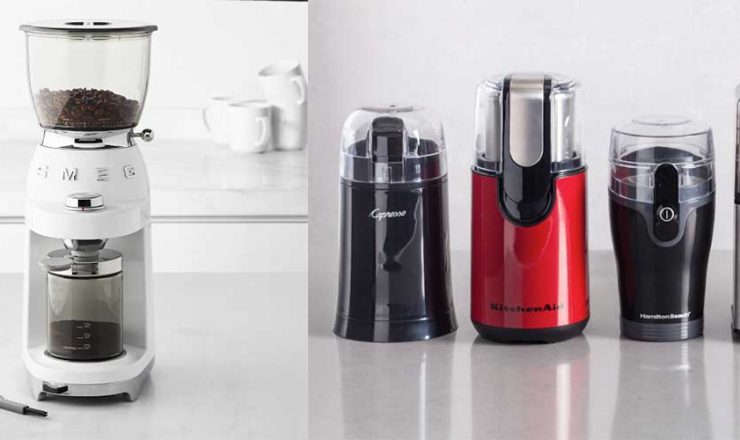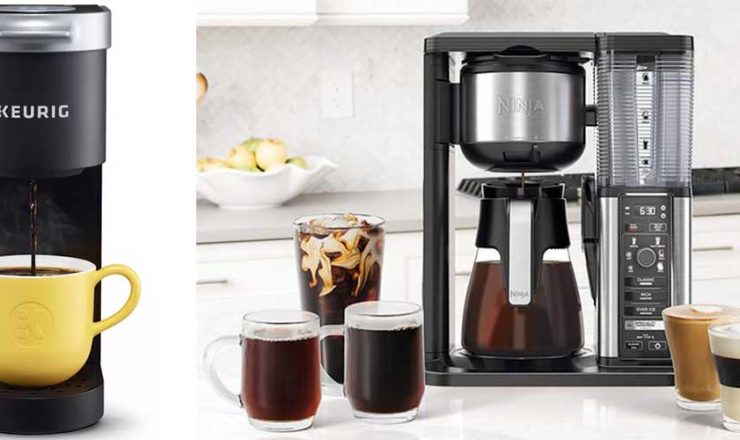
Types of Glassware (Glasses for Bars, Cocktails, Beer, Wine & Drinks)
Last Updated on: 8th August 2024, 12:53 am
It doesn’t take a genius to know that there are different types of glassware.
Whether it’s for wine, beer, or customized cocktails, there are multiple differences when it comes to glassware.
This article aims to be the only glassware guide you will ever need.
We will be discussing everything from cost, materials, significance of each kind, and we’ll even give you tips on how to take care of your glassware so it lasts longer.
We will get as comprehensive as possible and if there is anything we missed, feel free to drop a comment below.
Ultimate Glassware Guide
Glassware Overview
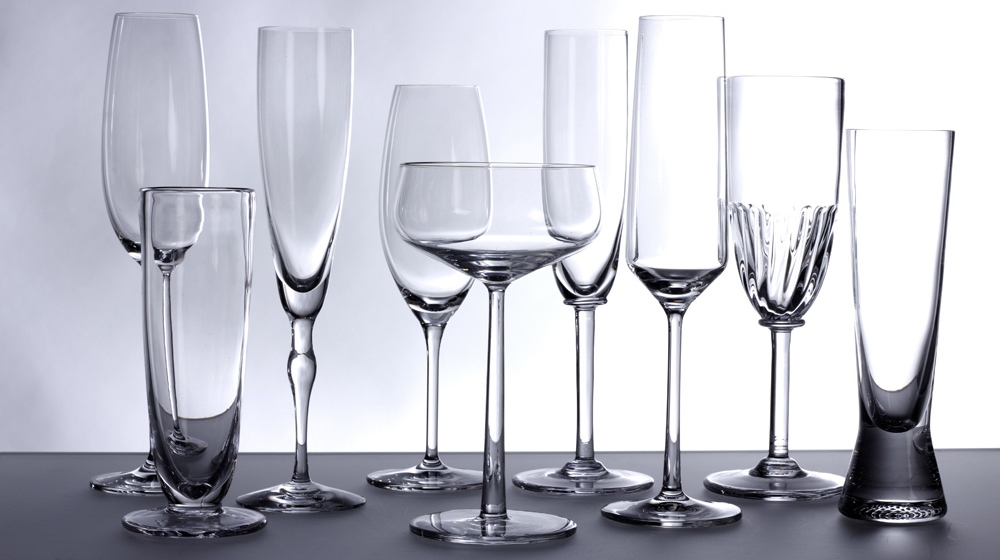
As a point of reference, the word, “glass” comes from the Old English or Old European word which means “to shimmer” or “to glow”.
This can refer not just to the drinking object, but also to mirrors, windows, and the like.
The word wasn’t necessarily used to refer to a thing but modern times have made the distinction between the object and the function almost inseparable.
Hence, glassware almost always refers to any items used for drinking and similar items.
Styles of Glassware
The first thing that any potential buyer of glassware (or any drinkware, for that matter) should do is start with how you intend to use the glasses.
And don’t say that it doesn’t really matter, because it does.
Plus, it will save you from the embarrassment of jokes and sarcasm from your visiting friends and family if they see the smorgasbord collection that you carelessly picked out.
Regular Use Glassware
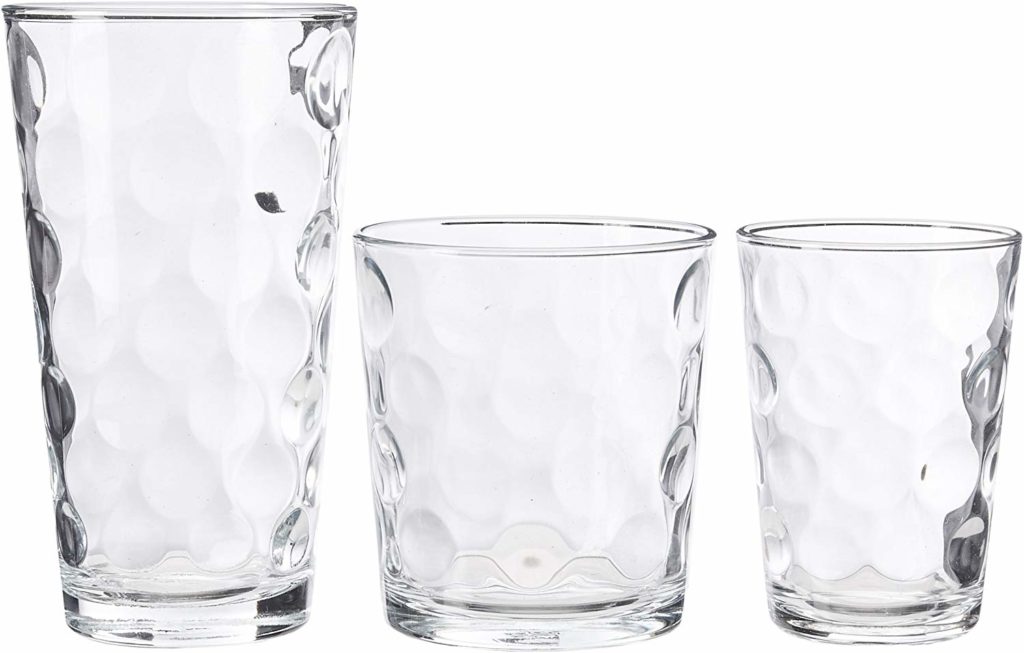
These are obviously the cheapest of the glassware family.
They are used for daily meals, snacks, and occasional simple parties.
These are the ones that could even be considered short-term as the risk of breakage is pretty high, especially in houses with children.
However, although cheap in prices, these do not necessarily need to be cheap-looking.
Inexpensive glassware combined with elegant etchings or designs can make even the simplest glass look stylish.
Or you can go with the minimalistic design, you can never go wrong with minimalism.
The biggest factor here is the price.
The regular-use glasses are expected not to have the longest lifespan.
When (not if) one or two are broken, you don’t really feel guilty because they are cheap enough that you can immediately run to your regular department store and get a replacement set.
This type of glassware comes in different sets.
You can get a set of all glasses or you can pick one that includes a pitcher or tumbler, and the price difference won’t really empty your wallet.
It all depends on your needs, really.
One of the bigger considerations, though, is that you pick a set that will blend with your house theme.
These are all-purpose glasses and can be used for any occasion but they are mainly for the regular daily grind.
Their main use is simply for practicality and convenience.
Barware
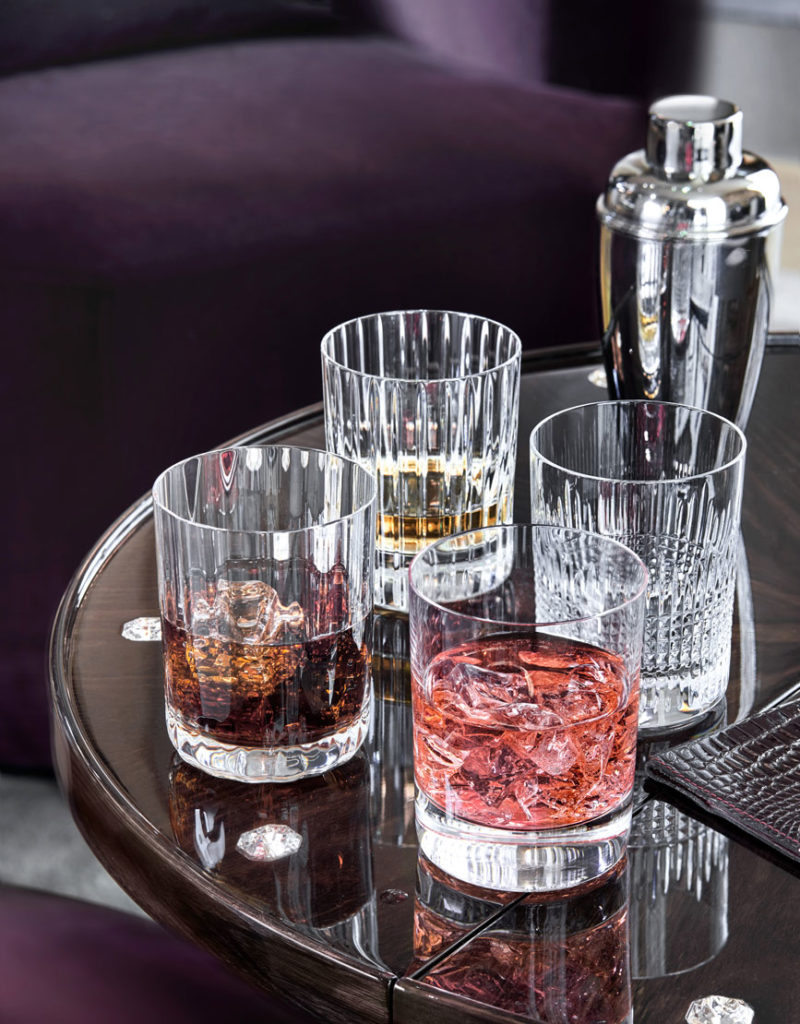
The next style of glassware is barware.
These are unique because they don’t necessarily follow a certain “design” or pattern.
The term itself, “barware,” indicates that these glasses are mainly used for bars.
However, in this time of pandemic where a lot of people would rather stay away from crowds and have their own home personal bars, barware has become more popular.
Contrary to the regular-use glassware, barware is essential to the overall drinking experience.
These seemingly simple glasses may look simple but they, in fact, create the atmosphere of the event.
The type of barware you have can transform your simple drink gathering into an event – from the fun and casual feel to a more serious and formal feeling.
There is an unwritten rule between the drink and the glassware; normally, the higher the alcohol content, the smaller or the shorter the glass.
Nevertheless, in these modern and contemporary times, rules were made to be broken.
So now, you can experiment with any combination as much as you want.
Stemware
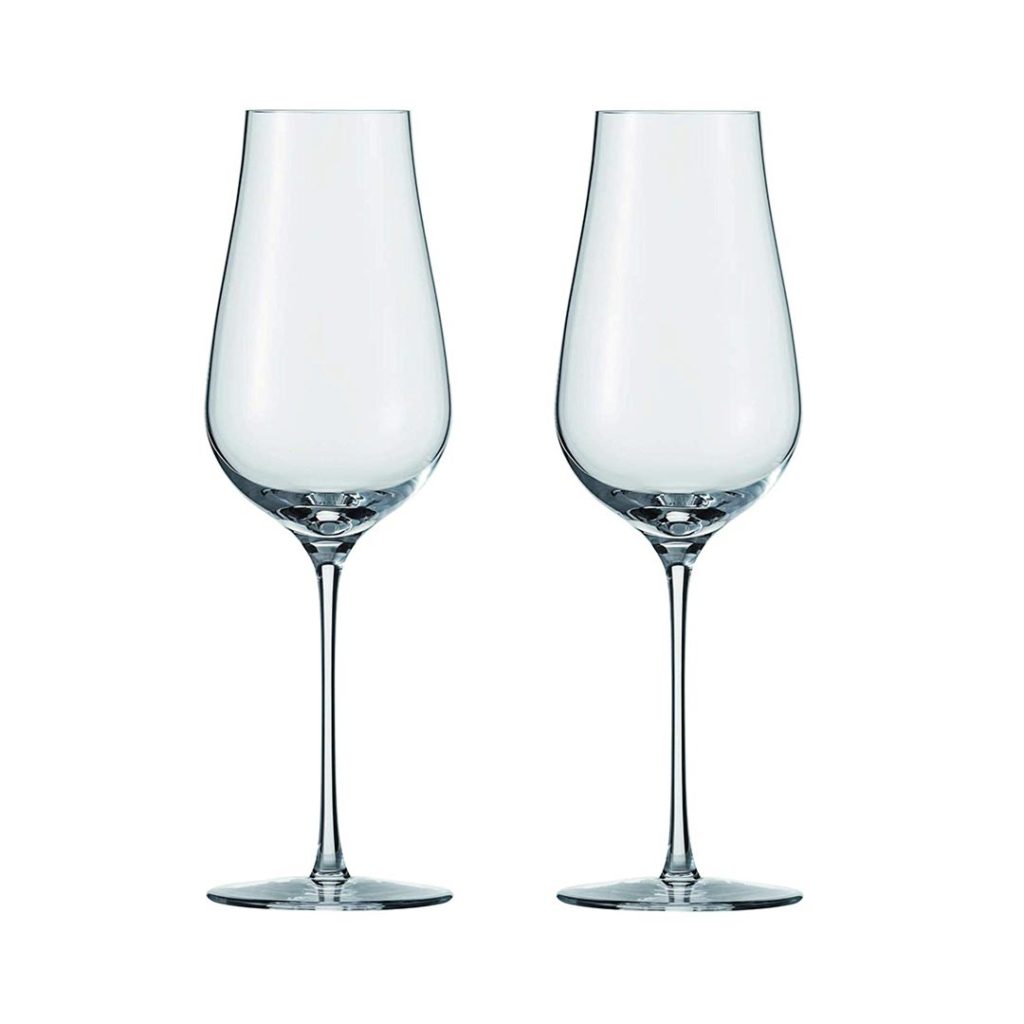
This style is the most distinctive of all glassware.
As the name implies, this glassware can be recognized because of its stem from the base to the bowl of the glass.
Stemware (along with wine consumption) has become so widespread in recent years that you can find them in almost every home.
The good thing about stemware is that it can actually be used quite often and it doesn’t lose its class or elegance.
If you want, you can even utilize them as decorative art when there aren’t any drinking events anytime soon.
The amazing thing about stemware is that it can be used both in regular homes as well as in the most expensive 5-star hotel without losing a single ounce of its quality and royalty.
It is very critical to the type of atmosphere you want to create.
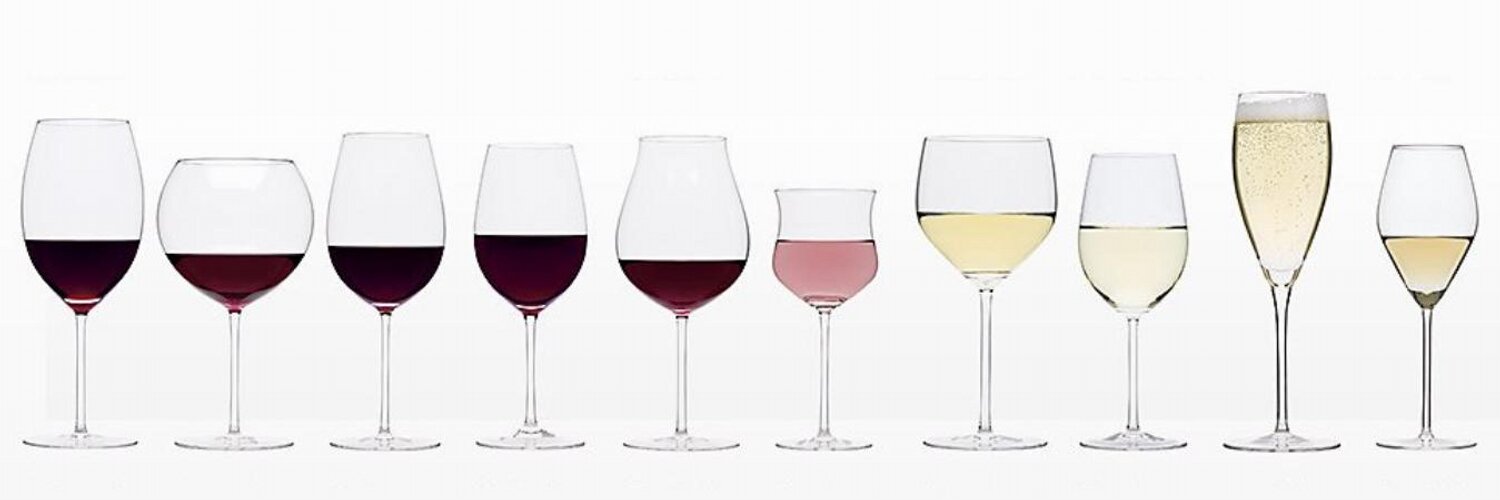
Materials
Contrary to popular thinking, not all beverage glasses are made of glass.
Furthermore, the type of material used is a big determinant of the price.
Let’s discuss the various materials used to make glassware.
Glass
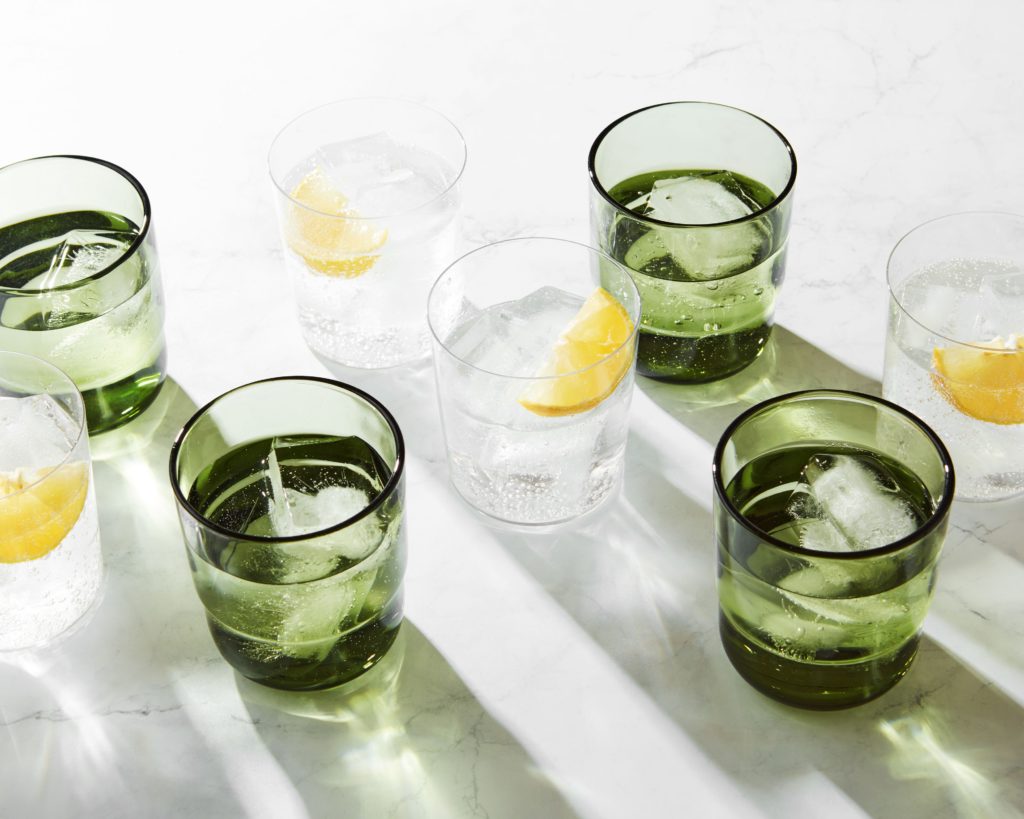
“Duh?!” Not so fast.
Admittedly, glass is the most common material but not because it’s the best.
Glass is the most widely used because it is the cheapest material on this list.
And because most cheap materials don’t exactly scream quality, some cheaper glass can’t handle sudden changes of temperature and will definitely be prone to break when cold and hot liquid is transferred in fast succession.
A good brand name to remember is Pyrex.
It is very heat-resistant and will not break easily.
There are other brands that offer similar quality.
Remember to pick the one that can handle microwave-type of heat as well as freezing temperatures.
One characteristic of this heat-resistant material is that it is fragile and that is why they are noticeably thicker.
An advantage with this type is that it is dishwasher-safe and this is the reason why they are good options for regular daily use.
A new material that is becoming somewhat popular is borosilicate glass.
This is being used in fine-dining restaurants, wineries, and even scientific laboratories.
They are very durable as well as heat resistant and unlike regular glass, borosilicate glass will not break due to sudden changes in temperature.
Crystal
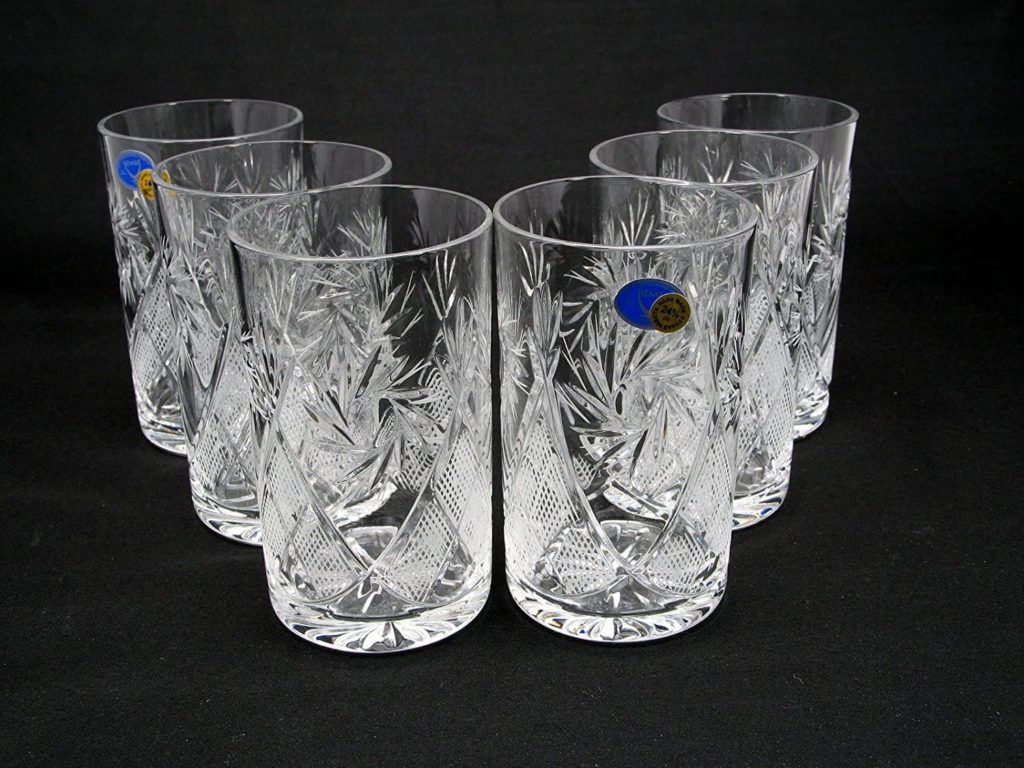
Crystal has a couple of benefits that the regular glass material doesn’t have.
Its main advantage is durability.
There is no question that crystal is much tougher than regular glass.
It can handle extreme temperatures much better than soda-lime or even borosilicate glass.
Crystal contains a compound called lead oxide, which is very resistant to corrosion.
However, the durability strength is not the same everywhere.
In the United Kingdom, crystal glassware contains at least 24 percent crystal, but in the United States, the percentage is much less.
Its second big advantage over regular glass is aesthetics.
You can’t deny the fact that crystal is so much more elegant and stylish.
Its simple yet somewhat mesmerizing feature actually makes the beverage inside look classy as well.
With all that said, crystal is definitely more expensive than regular glass.
Also, you’ll need to handwash your crystal glassware because some crystals might not be able to handle the extreme heat and the movement of the dishwasher.
Non-Lead Crystal
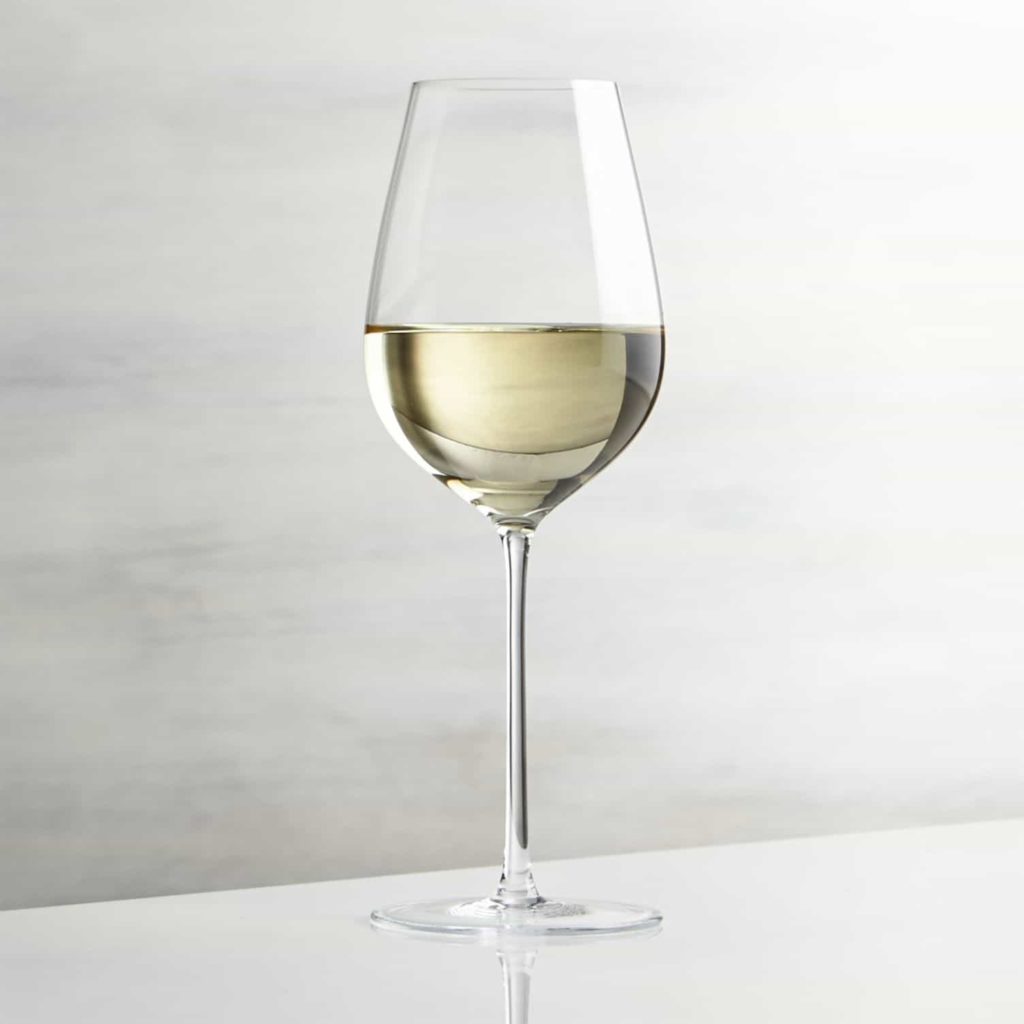
A third material is the non-lead crystal, also called lead-free crystal.
Regular crystal material would have either zinc, magnesium, or lead to supplement its strength.
This type of material is very useful because it can help in creating thinner glasses; without compromising strength and durability.
Non-lead crystal glasses look very classy and can be used for decoration purposes during those times when you are not hosting parties.
Some drinking glasses from this material are dishwasher-safe, as well.
Types of Stemware
If you’ve read this far down, then we would assume that you are interested in possibly becoming an expert in either glassware or wines.
And in today’s world, stemware is not only for wines but even for dessert drinks and even hard liquor.
So read and open your mind to new discoveries.
Red Wine Glass
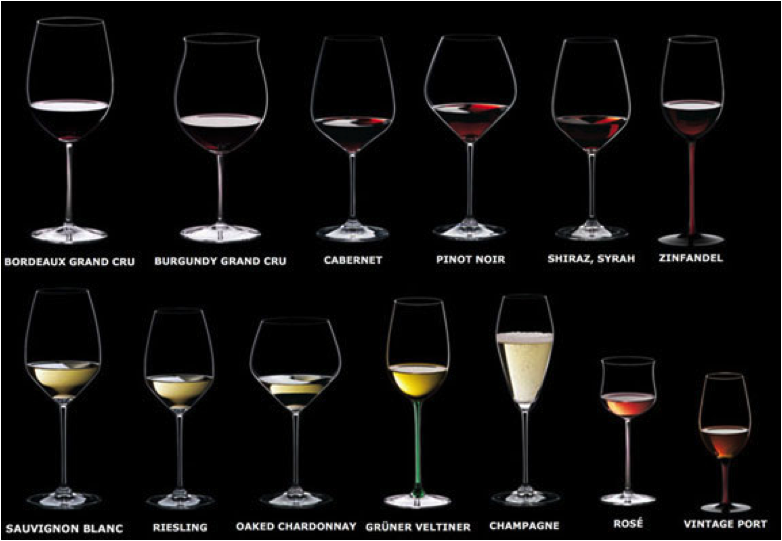
Everyone knows that the two main types of wines are red and white.
They have so many differences but that is a topic for another read.
These differences play a part in the kind of wine glass, and more specifically, stemware, that you will use.
The glass for the red wine has a distinct feature – typically a larger bowl.
The reason for this is that red wine is supposed to be admired and enjoyed, which includes appreciating the wine’s aroma.
Decanting red wine is an art in itself and wine experts know this.
The oxygen from the wine needs to “breathe” before it is enjoyed in the taste buds.
And this is why red wine glasses have larger bowls to allow the oxygen, aroma, and overall quality of the red wine to rise up to the surface.
As there are many kinds of red wines, there are almost as many different kinds of red wine glasses.
Whether you’re about to enjoy a glass of Bordeaux, pinot noir, or cabernet sauvignon, you’ll need the corresponding stemware to bring out the best of each wine.
A crucial thing to remember about red wine glasses is that it requires adequate bowl space to be able to swirl the wine, let the flavors activate, smell the fragrance, and finally, enjoy your red wine.
Hence, the red wine glass needs to have a larger bottom bowl to accommodate those needs.
White Wine Glasses

Similar to the red wine glasses, the white wine glasses have relatively smaller bowl sizes because of a specific reason – white wine needs to be temperature-controlled for it to be enjoyed fully.
To be clear, white wines have different temperature needs; but the bottom line is that they need to be generally cold, or at least, cool.
White wines are generally more delicate than red wines and even the aroma is much more subtle.
This is the main reason for the shape of this stemware.
There are different white wine glasses for the full-bodied and the light.
So before you say that only red wines are full-bodied, a couple of examples of full-bodied white wines are Merlot and Malbec.
And, of course, there are the champagne glasses.
These could have been a category all by itself.
A few champagne glasses models:
- the flute – long and tall which forces the bubbles to rise to the top slower than normal;
- classic coupe – perhaps the most iconic of all champagne glasses, it resembles a simple design of a small bowl on top of the stem;
- the tulip – you could mistake the tulip for the flute but the distinguishing feature is the glass opening becoming narrower than the main bowl; which adds to a unique tasting experience.
Full-bodied white wines are unique to their kind.
Similar to the red wines, they have a richer aroma than regular white wines which can lead to some unique experiences.
For this reason, the full-bodied white wine glasses need to have a larger opening to allow the quality and fragrance to really come out.
If you’re having headaches about which wine glass to choose for what kind of wine, our recommendation is that you get all-purpose stemware that can be used for both red and white wines.
You can ask your friends or you can simply go to the store, tell them what you want or need, and then ask for advice, they would know best.
Non-Wine Beverages

In these contemporary times, stemware is not purely for wines anymore.
The most important consideration now is the experience produced by the drinks and then further supplemented by the corresponding beverage glass.
Another factor to consider is the amount of beverage the person wants to enjoy.
For red wine, the “standard” serving size is five ounces.
However, when you talk about dessert beverages and even hard liquor, there is no standard serving size for that. A few of these drinks are martini, scotch, whiskey, sherry, port, madeira, and a few more.
The main reason for this upcoming new trend is that this generation is more prone to experimenting and discovery.
Another reason is the beverage industry is branching out and trying to meet this trend by developing new beverage combinations and styles.
And finally, the modern, information-driven consumer wants something different and new and this leads to a search for more innovative drinks.
Stemless
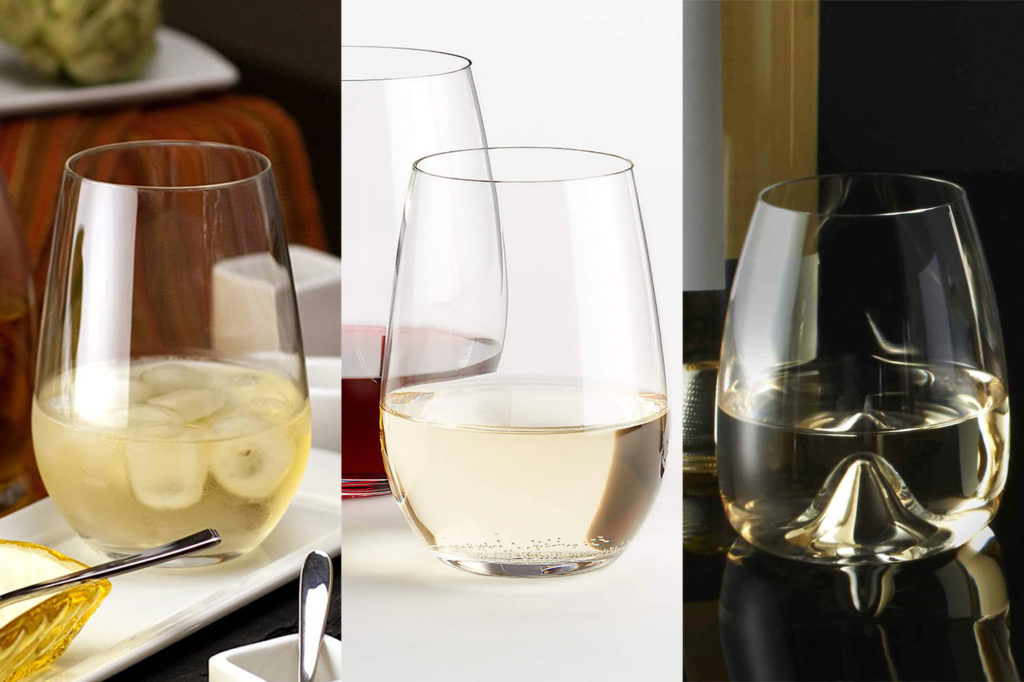
More and more, together with the current trend of original drinks, there is a new modern notion going around which is called the stemless glassware but still under the stemware.
Although this idea does not sit well with traditional wine lovers, it is gaining popularity.
One advantage with this type of glassware is that it is very less likely to fall over and break because it is top-heavy.
You might consider using this if you have young children at the house.
An old-school wine aficionado will say no to this modern thinking. One huge disadvantage with the stemless glass is that the heat from your hands directly affects the temperature of the wine glass, and consequently, the wine; and this leads to a different experience than what is intended.
A second objection is that these types of glasses are typically fingerprint magnets.
And since wine drinking (as well as most beverages) is assumed to have visual appeal, seeing fingerprints before you drink isn’t exactly alluring.
The bottom line here is to choose which ones you feel most comfortable with.
We ask that you simply consider both pros and cons especially when you plan to have guests and family come over sometime for a sip of wine.
Types of Barware
With an almost infinite number of options to choose from, one can be forgiven for not taking barware as seriously as, say, stemware.
Nevertheless, you are encouraged to give this a look as there is actually a pattern to this seeming confusion (i.e. purpose of use, visual appearance, etc.).
There are also some contemporary notions that might be of interest to you.
Let’s start with the most popular drink: beer.
Beer Glasses
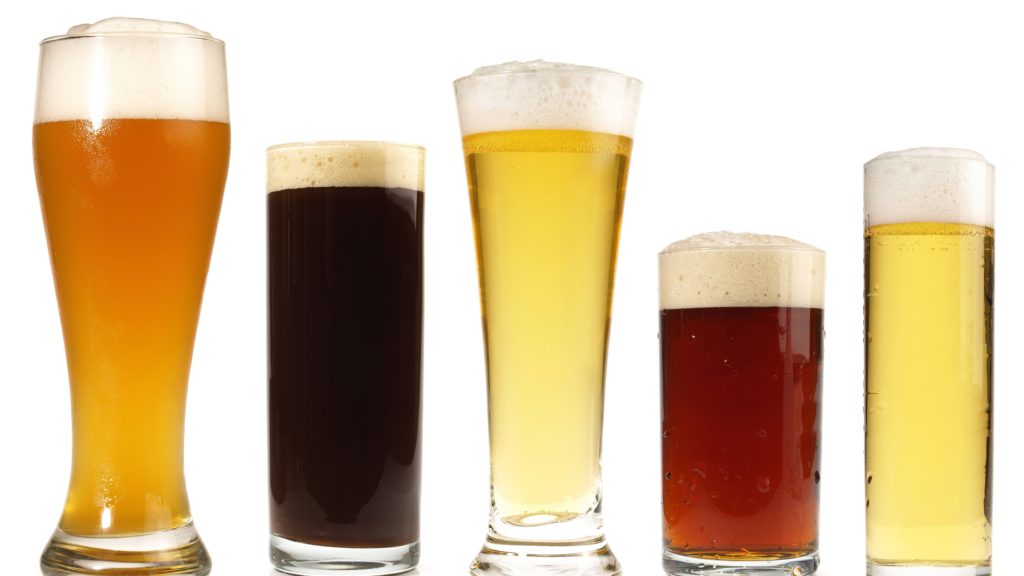
There has been a recent seismic shift in the beer industry the past few years and this has directly influenced the type of glassware and barware that people have been purchasing and acquiring.
Although the overall beer demand hasn’t moved by a lot of percentage points, the craft beer industry has grown by leaps and bounds (which is great for the market as a whole).
Regional craft breweries, microbreweries, and even pubs that craft their own kind of beer have gained a lot of popularity lately.
Innumerable variations of ale, IPAs, porters, and many variations have sprouted and have given the traditional beer market huge competition for consumers.
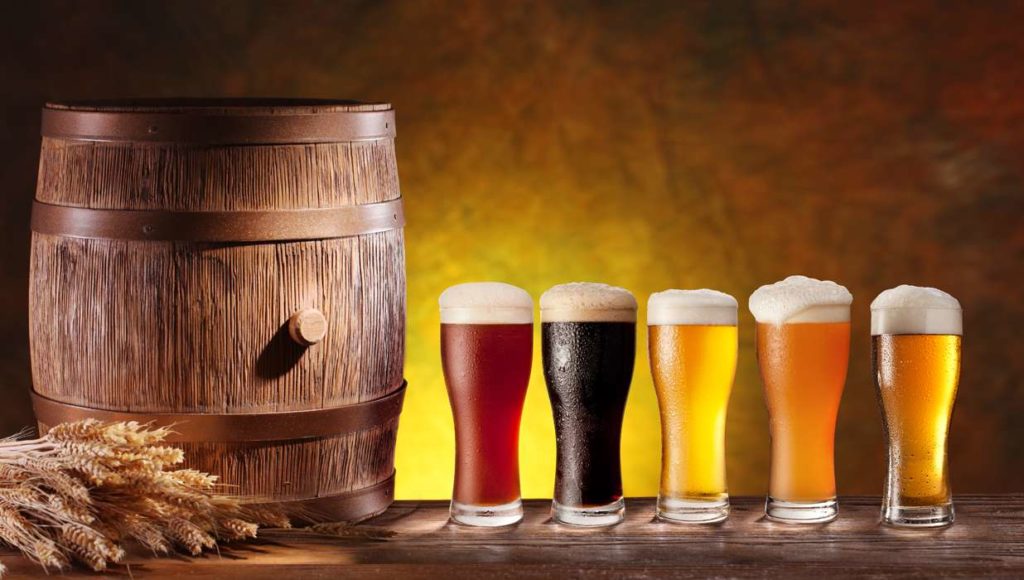
Traditionally, the only glassware you’ll need for beer is the pilsner.
Those that have gained a rise in demand are snifters, flute glasses, mugs, goblets, stange glasses, Weizen glasses, and even pint glasses.
You can notice the new trends in glasswares simply by watching beer or any drinking beverage commercial.
Each type of glass used to be paired only with a particular drink, and more or less, that is still the mindset.
However, due to the locally-manufactured beers and their gaining fan base, there are now slight changes to this perspective.
Some local beers are now using smaller glasses because their alcohol content is higher than the 5 percent alcohol by volume (ABV) standard and having smaller glasses brings out the quality more.
Today, choosing glassware for beer has become more of a personal preference choice rather than an old-school tradition.
Getting beer in a mug or a pint glass will usually work as an all-purpose solution.
Still, if you are quite particular with the most delicate changes in flavor and taste, then being as specific with your glassware should be non-negotiable.
Liquor
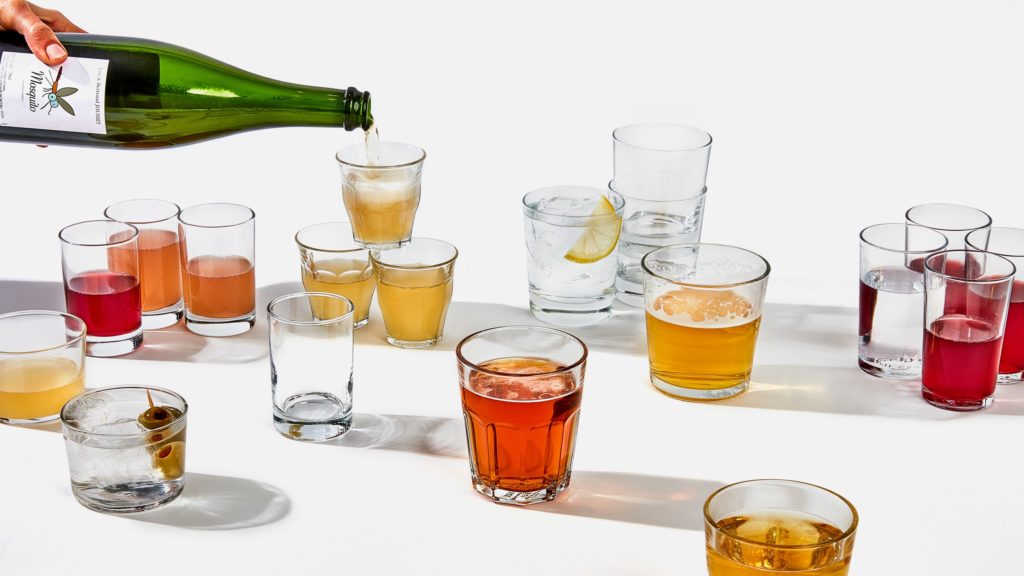
If you have regular drinking events at your home, then it is probably a good idea to have a variety of liquor glassware ready.
And we’re not just talking about all-purpose, generic glasses here.
You should have glasses for both old-fashioned drinkers as well as for the highballers.
And if you have the glasses for these two groups, you should be well set for those in between.
It is also crucial to note that in the last few years, the serving size for liquor beverages has dramatically changed.
It used to be around 6.5 ounces but today, it is now (you ready?) 20 ounces!
This is the current trend and it looks like it won’t be going away anytime soon.
So keep in stock glasses for those that want a single shot to those that want more than just the casual serving.
Specialty
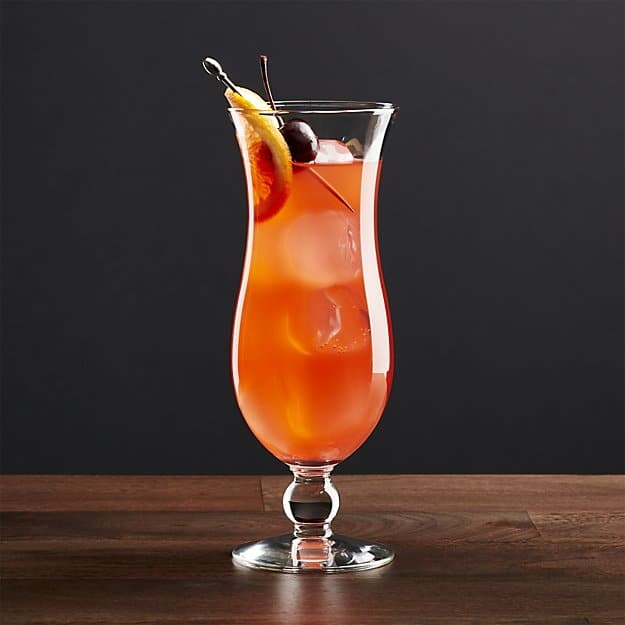
This category can be further broken down into more subcategories but for the sake of saving time, we will group them into one for this article.
This will include international types of glassware such as Japan’s ochoko which can be used both for traditional sake can now be used even for the occasional cognac snifter (if that floats your boat).
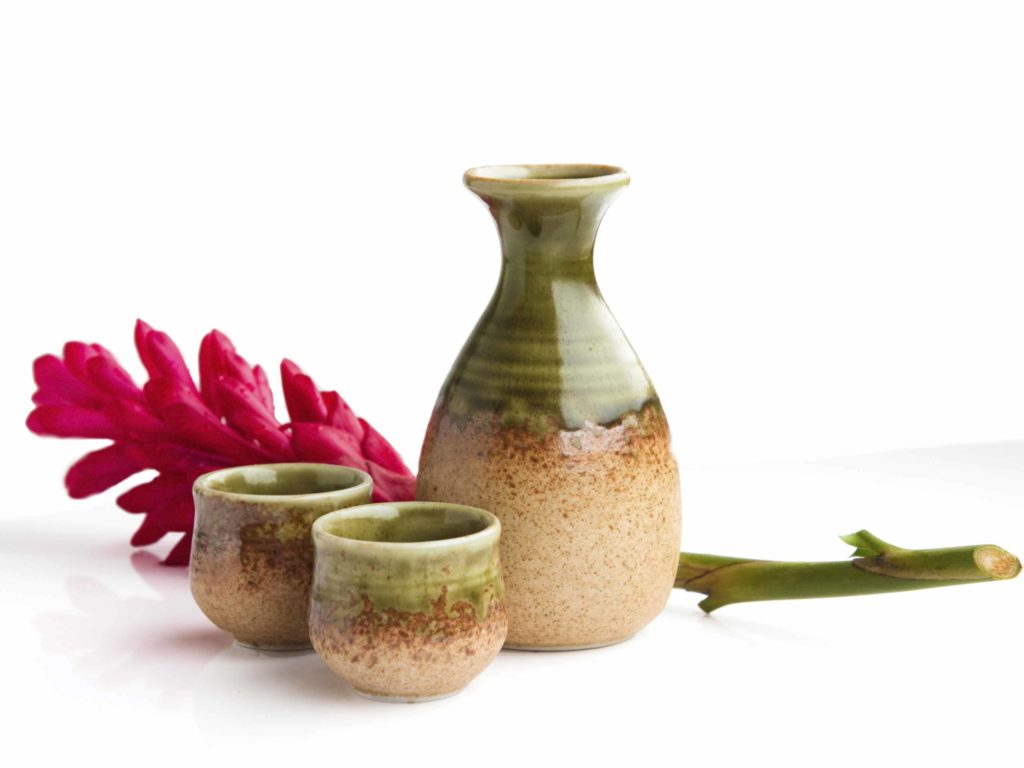
The main thing to point out is that if you want to be more than just a regular fan of glassware and specialty drinks, remember that the drink and the glass used for that specific drink usually work hand in hand to deliver the designed experience.
Glassware Additional Details
Finding the perfect glassware isn’t as hard as you might think; you simply need to know what you want, do some research, and start acquiring.
Here are a few more considerations (as well as tips) before you start purchasing your glassware.
Taking Care of your Glassware
The way you care for your glassware directly reflects on how you are as an aficionado.
Even when the glassware that you have are the less expensive ones, this will create a good habit of being attentive and thorough when it comes to caring for your glassware.
This trait is more pronounced when you are spending in more expensive glassware.
Washing
For regular everyday glassware that is not so expensive, you can get away with putting them in the dishwasher.
However, for all other glassware, we recommend good old hand washing and towel drying.
You can probably get away with dishwashing them but the risk too great.
With all the bouncing around inside the washer as well as the probability of other objects hitting it, if the glass doesn’t break, then there will be chips or cracks and that renders the glassware completely useless and worthless.
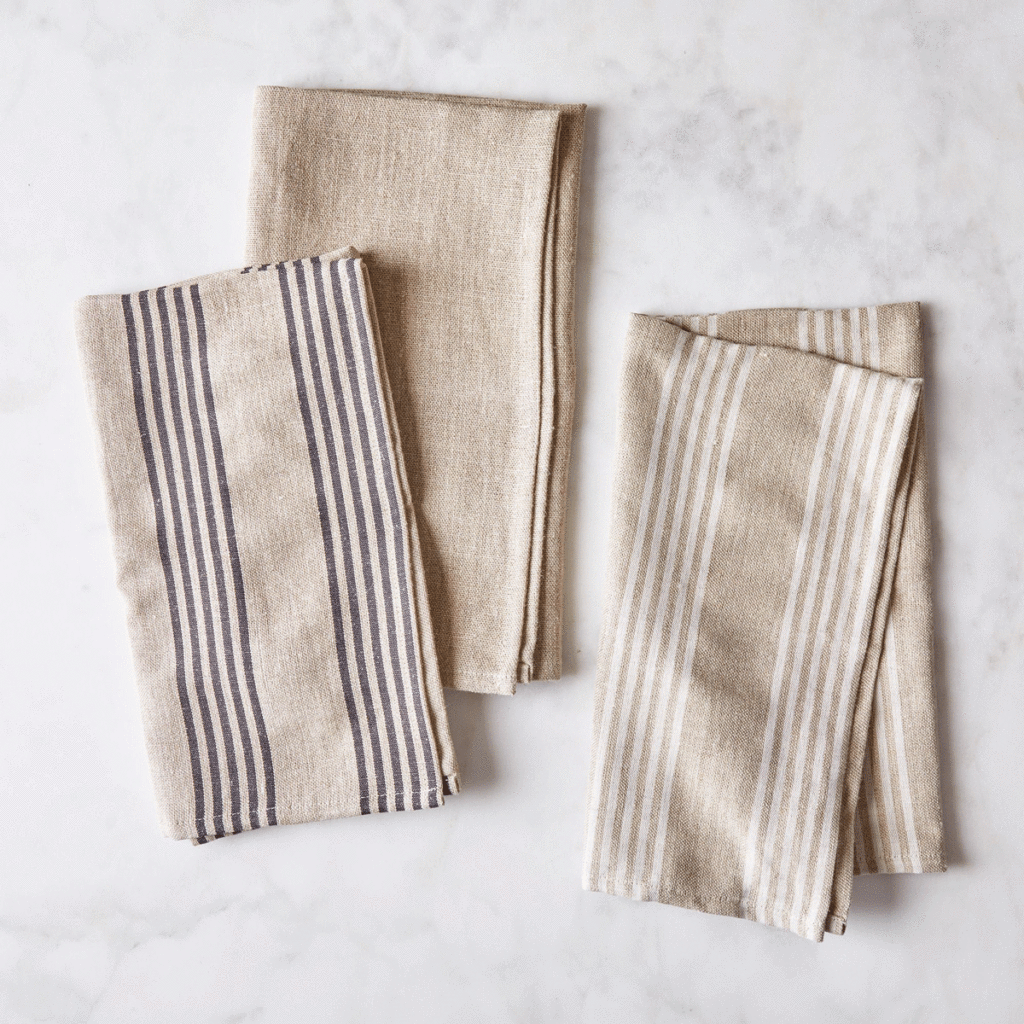
Dishwashing
I know we said that hand washing should be the norm when it comes to glassware care, but some glassware manufacturers have been aggressive in advertising their products as dishwasher-safe.
This is definitely good news for the consumers. Still, there are a couple of points to think about.
The first one is durability.
Of course, when the company says it’s durable and dishwasher-safe, they definitely should have tested it many times before releasing it to the market.
This is the most important consideration for dishwasher-safe glasses.
The second point is temperature.
Due to the extremely high temperatures that the dishwasher puts out, all types of glassware are very susceptible to being damaged.
Yes, we understand the need for sanitizing and cleansing but there are other ways to do that which are not dangerous to the glassware.
Spots
This is a very crucial point, bar none.
There hasn’t been a wine-taster, beer-guzzler, or liquor-drinker that wasn’t particular with their tolerance for spots.
Some people are so particular about spots and you have to be sure your glasses are free of them.
It doesn’t matter if you’re cleaning your glasses through hand washing or dishwasher, take as much time as you need to remove the spots from the glasses when drying them off with a towel.
It will definitely make a huge difference.
And this is not just about looking as spotless as possible.
If you have soap remains on the glasses, even the tiniest amount, this can absolutely change the complexion and taste of the beverage you are about to drink.
Whether drinking the strongest beer or the most subtle fine wine, any residue left in the glass will transform the experience, and not for the better.
Use soft cloth towels to dry the glasses, not paper towels.
Using paper towels runs the risk of scratching your more delicate glassware.
When using the dishwasher, don’t let the glasses stay in the washer for a long time.
Remove it as soon as the timer stops and then dry it off as quickly as possible.
As a side note, while towel drying the glasses, if you ever see even the slightest chip or crack, immediately throw the glass away.
It is useless and very dangerous. Don’t even think of repairing it. It is not worth the gamble.
Importance
There is something about choosing the perfect glass to compliment your chosen drink that goes beyond regular logic and reasoning.
It is the overall experience. Let’s try to break it down and see if you already have these in your mental notes.
Taste
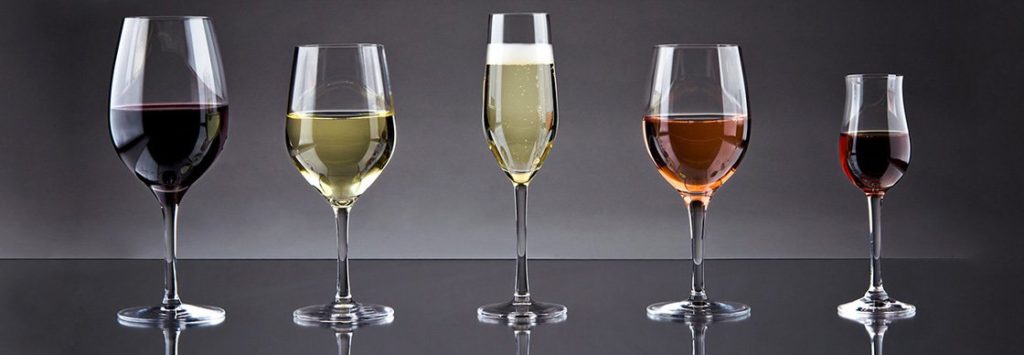
If you are a casual drinker, then you would say that this is the main thing.
However, if you are a member of a wine connoisseurs club (or any beverage club, for that matter), then you would know otherwise.
Glassware, whether it be stemware or barware, makes a ton of difference.
And even if we say that personal preference is the number one factor, glassware might be a close second.
Color and Size
This is where a bit of psychology can help in choosing our glassware.
The glassware color can have a big influence on the experience.
For example, research has shown that having red plates can influence people to eat less.
This is also true with glassware.
The color definitely affects the experience.
Size does matter.
Again, psychology says that when you serve people a certain amount of food or drink, they will expect the same volume for the next serving.
If you give them more, they will expect more the next time; and inversely, a lesser serving size results in lower expectations.
An example of this would be a martini glass.
Check out the difference in sizes of a martini glass from the 1940s and one from this generation.
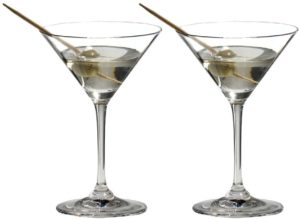
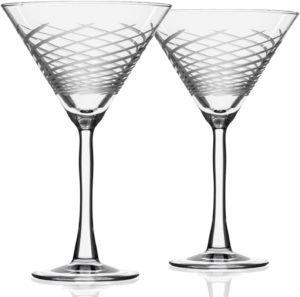
Vintage
If you are an avid antique collector, finding classic glassware would be a double whammy.
You can find these relics in most flea markets and antique shops.
You will notice that classic glassware is much heavier and yet smaller.
This is because lead was used on some of the glasses.
There is no problem with drinking from these glasses.
Still, don’t store any liquor or beverage in that lead glass for more than a few hours; better to be safe than sorry.
Cost
You can find glassware at various price ranges.
The main factor for the cost difference would be the material and, to some extent, the brand name.
Please note that glassware is normally purchased either by pair or by set, depending on the brand and style.
For glassware that you plan to use regularly and almost every day, you can easily find affordable options for less than $20 per set.
As you go a little higher with specialty glasses (Riedel wine glasses, for example), you can expect to shell out around $50 per pair.
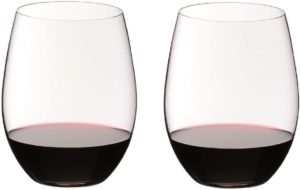
On the highest end of the glassware hierarchy (i.e. Baccarat Massena), they can easily go for more than $100 and up.
Of course, this expensive glassware is to be used only for those very special moments and can occasionally be used to impress your friends as well.
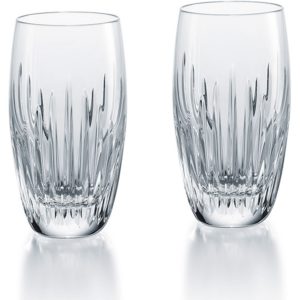
Glassware Online Stores
Now that we’ve hopefully influenced you to be more selective with your glassware for that next special occasion, or to simply have your own stemware for everyday use, here is a list of online shops that have a huge collection of glassware that would be perfect for your individual preferences.
